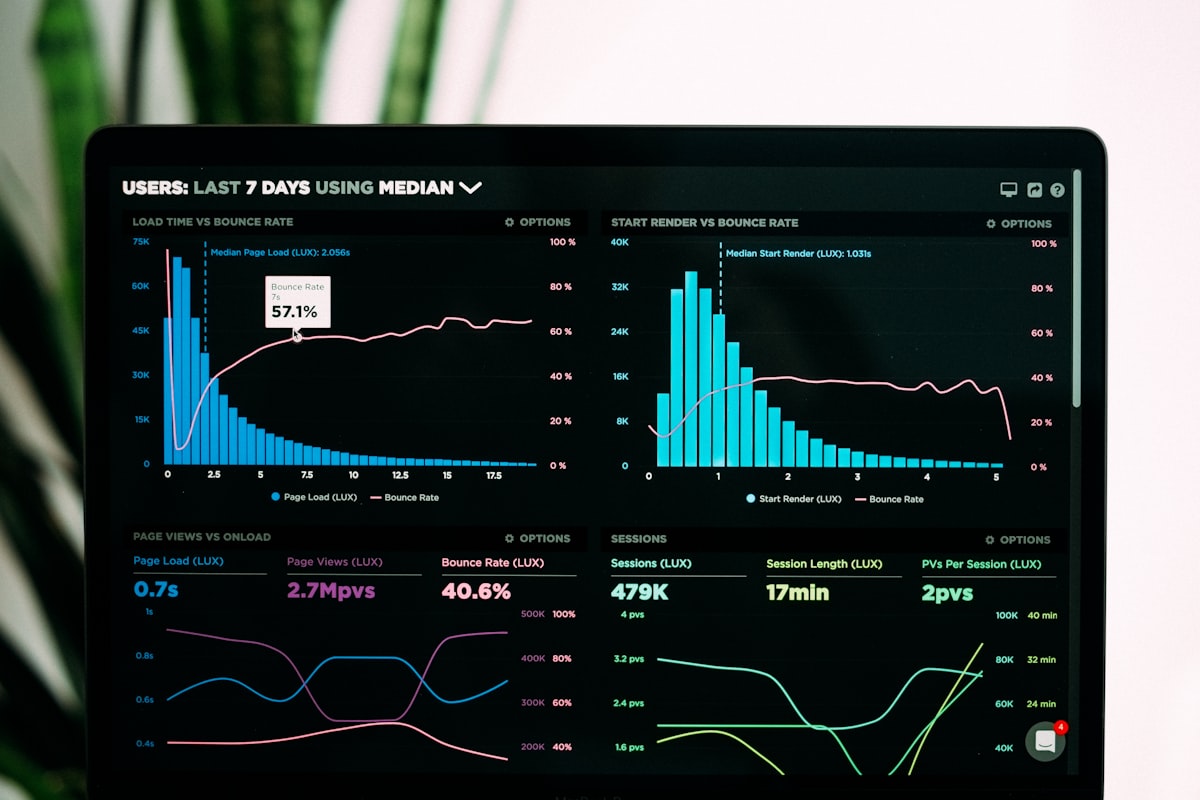Introduction
Data science in 2025 is experiencing a transformation through AI-powered tools that automate complex analytical processes, enhance predictive modeling, and democratize access to advanced analytics. These intelligent platforms are enabling data scientists to focus on strategic insights rather than repetitive tasks.

The Evolution of AI in Data Science
AI has revolutionized data science by:
- Automating data cleaning and preprocessing
- Enhancing feature engineering and selection
- Accelerating model development and deployment
- Improving interpretability and explainability
- Enabling real-time analytics and decision-making
- Automated feature engineering and selection
- ModelOps for deployment and monitoring
- MLOps integration with popular platforms
- Explainable AI for model interpretability
- AutoML for automated model building
- Driverless AI for no-code machine learning
- Open-source H2O-3 platform
- Integration with popular data science tools
- Visual workflow designer with drag-and-drop interface
- Automated model selection and optimization
- Real-time scoring and deployment
- Collaboration tools for team-based projects
- Visual data pipeline creation
- Integration with Python and R
- Automated workflow optimization
- Collaborative workspace for teams
- No-code predictive analytics
- Automated data blending and preparation
- Geospatial analytics capabilities
- Integration with popular BI tools
- AutoAI for automated model building
- Watson Machine Learning for deployment
- Integration with IBM Cloud services
- Advanced data visualization tools
- Automated ML designer
- Model management and monitoring
- Integration with Microsoft ecosystem
- Kubernetes-based deployment options
- AutoML for automated model training
- Vertex AI Workbench for notebook-based development
- MLOps for model deployment and monitoring
- Integration with BigQuery and other Google services
- SageMaker Studio for integrated development
- AutoPilot for automated model building
- Built-in algorithms and pre-trained models
- Integration with AWS ecosystem
- Assess Current Workflows: Identify bottlenecks in your data science processes
- Start with Pilot Projects: Test tools on non-critical projects to evaluate effectiveness
- Consider Integration Needs: Ensure compatibility with existing tools and infrastructure
- Evaluate Total Cost of Ownership: Include training, maintenance, and scalability costs
- Plan for Change Management: Prepare teams for new workflows and processes
- Enhanced natural language interfaces for analytics
- Automated bias detection and mitigation
- Improved collaboration between AI and human analysts
- Real-time adaptive machine learning models
- Quantum-enhanced optimization algorithms
Top 9 AI Tools for Data Science in 2025
1. DataRobot
DataRobot leads in automated machine learning with enterprise-grade capabilities for model development and deployment.
Key Features:
Pricing: Custom enterprise pricing
Best For: Enterprise data science teams seeking automation
2. H2O.ai
H2O.ai provides open-source and enterprise solutions for democratizing AI and machine learning.
Key Features:
Pricing: Free community edition, Enterprise at custom pricing
Best For: Organizations balancing open-source flexibility with enterprise support
3. RapidMiner
RapidMiner offers a comprehensive platform for data science workflows with AI-powered automation.
Key Features:
Pricing: Free plan available, Studio at $39/month, Enterprise at custom pricing
Best For: Business analysts and citizen data scientists
4. KNIME
KNIME provides an open-source analytics platform with AI-enhanced data integration and analysis.
Key Features:
Pricing: Free community edition, Commercial at custom pricing
Best For: Academic researchers and open-source enthusiasts
5. Alteryx
Alteryx combines data preparation, analytics, and machine learning in a unified platform.
Key Features:
Pricing: Designer at $5,195/year, Server at custom pricing
Best For: Business users requiring self-service analytics
6. IBM Watson Studio
IBM Watson Studio provides enterprise-grade AI development with cloud-based collaboration.
Key Features:
Pricing: Lite free plan, Professional at custom pricing
Best For: Enterprises already using IBM Cloud services
7. Microsoft Azure Machine Learning
Azure ML offers cloud-based machine learning with AI-assisted model development.
Key Features:
Pricing: Free tier available, Standard at $0.11/hour compute
Best For: Organizations using Microsoft Azure cloud services
8. Google Vertex AI
Google's managed machine learning platform provides AI-powered tools for model development.
Key Features:
Pricing: Pay-as-you-go pricing, free tier available
Best For: Teams using Google Cloud Platform
9. Amazon SageMaker
Amazon SageMaker provides a comprehensive machine learning service with AI-assisted features.
Key Features:
Pricing: Pay-as-you-go, free tier available
Best For: Organizations using Amazon Web Services
Comparison Table
| Tool | Primary Function | Pricing Model | Best For | |------|------------------|---------------|----------| | DataRobot | Automated ML | Custom Enterprise | Enterprise Teams | | H2O.ai | Open Source ML | Free/Custom | Research & Open Source | | RapidMiner | Visual Analytics | $39/month | Business Analysts | | KNIME | Data Integration | Free/Custom | Academic Research | | Alteryx | Self-Service Analytics | $5,195/year | Business Users | | IBM Watson Studio | Cloud AI | Custom | IBM Cloud Users | | Azure ML | Cloud ML | Pay-as-you-go | Microsoft Users | | Vertex AI | Google ML | Pay-as-you-go | Google Cloud Users | | Amazon SageMaker | AWS ML | Pay-as-you-go | Amazon Users |
Implementation Strategies
Future Developments
The future of AI in data science will likely include:
Conclusion
AI tools are transforming data science by automating routine tasks and enabling faster insights. Whether you're part of a large enterprise or a small team, there's an AI-powered data science tool that can enhance your analytical capabilities.
Evaluate your specific needs, budget, and technical requirements to select the most suitable tools. Many platforms offer free trials or community editions, allowing you to experiment before making investment decisions.
